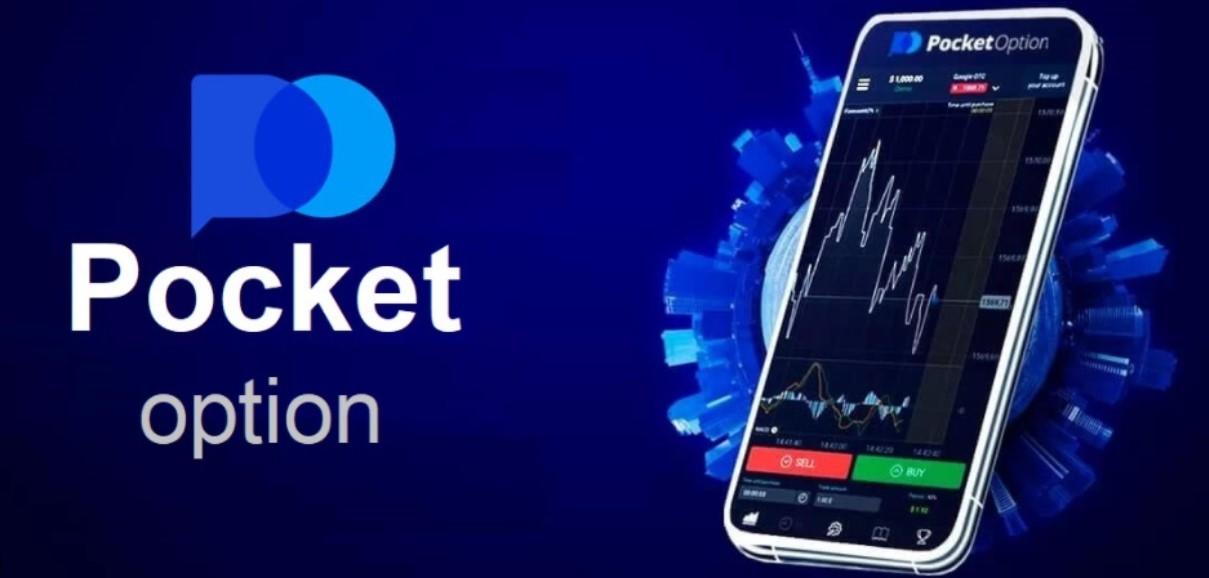
Understanding Fees PocketOption: Complete Guide
When entering the world of online trading, one of the first aspects new traders need to consider are the associated costs. Fees represent a critical component of trading platforms; understanding them can lead to better decision-making and improved profitability. In this article, we’ll delve deep into the Fees PocketOption fees Pocket Option, showcasing what users can expect when trading on this platform, including deposit, withdrawal, and trading fees.
1. Overview of PocketOption
PocketOption is a popular trading platform known for its user-friendly interface and a broad array of trading instruments. It caters to both novice and experienced traders, offering services like binary options trading with high payouts and a variety of tools for market analysis. However, understanding the fees associated with this platform is crucial for maximizing one’s trading potential.
2. Types of Fees on PocketOption
There are several types of fees that traders may encounter when using PocketOption. These include:
- Deposit Fees: Depending on your chosen deposit method, you may incur fees. However, PocketOption typically offers numerous deposit options, many of which are free.
- Withdrawal Fees: While PocketOption does not impose withdrawal fees for most methods, users should check the specific payment provider’s terms, as third-party fees may apply.
- Trading Fees: PocketOption does not charge traditional trading fees per trade. Instead, profits are made through the difference between the buying and selling price.
- Inactivity Fees: If you have not engaged in trading activities for a prolonged period, PocketOption might charge inactivity fees to maintain your account.
3. Deposit Methods and Related Fees
Various deposit methods can be used on PocketOption, including credit cards, e-wallets, and bank transfers. Most deposits are processed without any fees, although users should stay informed about their bank or payment provider’s policies. Some of the popular deposit methods include:
- Credit/Debit Cards: Instant deposits without fees.
- E-Wallets: Methods like Skrill and Neteller often allow for instant deposits, frequently with zero associated fees.
- Bank Transfers: May take longer to process and could include fees depending on the bank’s policy.
4. Withdrawal Methods and Potential Fees
When it comes to withdrawals, PocketOption typically does not charge fees for most withdrawal methods. It’s essential for traders to be aware of the specifics of each withdrawal option:

- Wire Transfers: While PocketOption itself may not charge for these, banks can impose fees for processing.
- E-Wallets: Withdrawals to e-wallets like Skrill or Neteller often result in rapid transfers without extra fees.
- Cryptocurrency Withdrawals: While generally free, one should check for mining fees associated with transferring crypto.
5. Trading Fees Breakdown
Instead of conventional trading fees, PocketOption generates revenue through spreads, which is the difference between the buy and sell price. The platform offers an array of trading assets, including forex, cryptocurrencies, and commodities, with varying levels of spreads. High liquidity trading pairs tend to have narrower spreads, while exotic or less-traded assets may feature wider spreads. Understanding this mechanism is vital for effective trading strategy development.
6. Impact of Inactivity Fees
It’s also crucial to be aware of inactivity fees for traders who do not participate in trading activities over extended periods. While the specifics can vary, these fees can impact your trading funds if your account is dormant. Regularly engaging with your trading account can mitigate these fees and ensure continuity of service.
7. Comparing PocketOption Fees with Other Platforms
When evaluating PocketOption’s fees, it’s beneficial to compare them with other trading platforms. Many brokers impose higher commissions, account management fees, or require minimum deposit amounts that can hinder new traders. PocketOption stands out with its competitive fee structure, making it an attractive option for those seeking to trade without incurring significant overhead costs.
8. How to Minimize Fees on PocketOption
Minimizing fees is essential for maximizing profitability. Here are some strategies:
- Choose the Right Deposit/Withdrawal Method: Opt for methods with no fees, such as e-wallets.
- Be Active: Keep your account active to avoid inactivity fees.
- Understand Trading Costs: Trade high liquidity assets to benefit from narrower spreads.
9. Conclusion
Understanding the fees associated with PocketOption is essential for any trader wanting to maximize their investments. From deposit and withdrawal methods to inactivity fees and trading costs, each component plays an integral role in your overall trading experience. By being well-informed and proactive about potential fees, traders can navigate the platform more effectively and work towards achieving their financial goals. As you explore your trading journey on PocketOption, consider incorporating these insights to develop a successful trading strategy while minimizing costs.